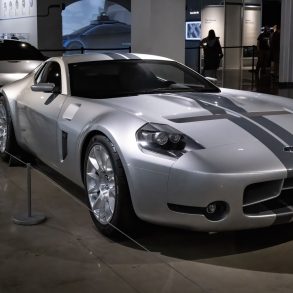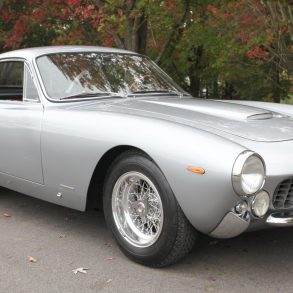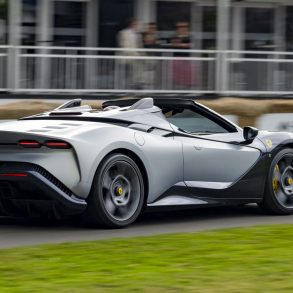The Alfa Romeo museum at Arese, on the outskirts of Milan, Italy, has been placed under official supervision, the first step in a process that would make it part of Italy’s cultural heritage. The move has been requested by the Arese municipality, which feared the Fiat Group, to which Alfa Romeo belongs, would move the museum and its contents elsewhere.
The museum is on the grounds of the Alfa Romeo factory, which no longer produces cars as their manufacture has been moved to other Fiat plants. Said the mayor of Arese, Gianluigi Fornaro: “The company has already taken away our work, and we feared this historic patrimony would disappear from here one day.”
People have until the end of November to lodge their objections.
The museum has 130 historic Alfas on display, cars that are worth hundreds of millions of euros, while many more are believed to be tucked away in underground garages nearby. One American enthusiast recently offered the company 20 million euros for a single 1950s World Championship-winning Alfa 158.
The cars on display include: the 1923 RL Targa Florio in which Enzo Ferrari won the Circuit of Savio; one of the P2s that won the 1925 Grand Prix World Championship; the 6C 1750 that Giuseppe Campari drove to victory in the 1929 Mille Miglia; the 1931 Gran Premio Tipo A with its two 6-cylinder engines under the hood side-by-side; the 8C 2300 Monza with which Tazio Nuvolari and Campari won the 1931 Grand Prix of Monza; the stunningly successful Tipo B P3 that won all the 1932-’33 events for which it was entered; the incredible record-breaking Scuderia Ferrari-built 1935 Bimotore—considered by many to be the very first Ferrari—with P3 engines fore and aft; the 1940 rear-engined 512 single-seater that was never raced; the 158 with which Giuseppe Farina won the inaugural Formula 1 World Championship for drivers in 1950; the 159 that Juan Manuel Fangio drove to the first of his five world titles in 1951; the 1952 Disco Volante (Flying Saucer) Spider 1900; the cars that won the 1970s World Sports Car Championships; and the disappointing ’70s Formula 1 cars. Also included are incredible design exercises like Bertone’s Carabo, Pininfarina’s Coupé 33, Italdesign’s Iguana, not to mention Alfa’s aircraft engines and tractors.
By Robert Newman










